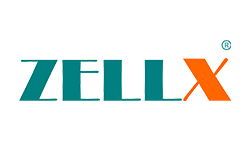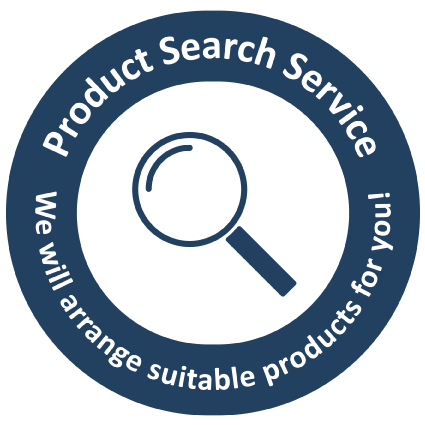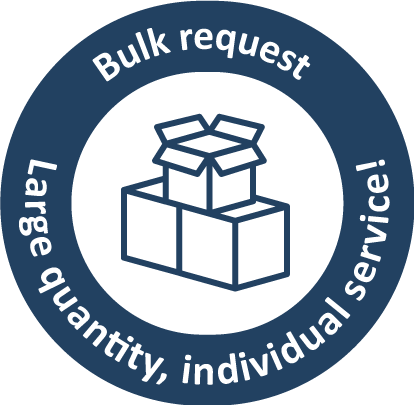ZellX

ZellX - Stress-specific ELISA kits
ZellBio GmbH, existing since 2011, provides with ZellX an independent and powerful organization for the life science market. . Our partner is known for its high quality assay kits that are suitable for both general and specific laboratory requirements. The company is committed to the success of researchers and scientists. The product range includes colorimetric and fluorometric assays, various ELISA kits and assays for chemical luminescence.
An important ZellX branch of research is dedicated to oxidative stress and antioxidants. Oxidative stress is one of the most common types of toxicity in biological systems. It is triggered if the amount of reactive oxygen species (ROS) exceeds the physiological extent. If biological components such as proteins, lipids or DNA are damaged, oxidatively mediated stress can be induced in cells. Many types of chemical, physical and microbial agents are capable of this reaction. In addition, basic biological processes such as cell respiration, lipid synthesis, phagocytosis, metal metabolism and cellular signal transmission are disrupted by oxidative stress reactions.
Endogenous and exogenous antioxidants reduce the harmful effects of reactive oxygen species (ROS). The endogenous antioxidants produced in the body are split into enzymes and non-enzymes. The most familiar enzymes include dismutase, reductase, catalase and peroxidase. Prominent non-enzymatic antioxidants are glutathione, bilirubin, metallothioneins and uric acid. Since the endogenous substances often have a limited ability to detoxify, some antioxidants have to be obtained from external sources (exogenous antioxidants such as vitamin A, vitamin C, vitamin B) to ensure detoxification. Our partner ZellX offers various colorimetric assays to evaluate the amount of enzymatic and non-enzymatic antioxidants in oxidative stress pathways.
A second important branch of research by ZellX is the so-called HPA axis, the hypothalamic-pituitary-adrenal axis. The complex series of interactions between hypothalamus, pituitary and adrenal glands play an important role within stress reactions. The HPA axis is extremely important as an activator of many biological processes such as digestion, immune response and emotions.
Stress-induced activation of the HPA axis upregulates the plasma level of glucocorticoid hormones (cortisol in humans, corticosterone in rats and mice). In the liver, adipose tissue and in the central nervous system, the enzyme 11β-hydroxysteroid dehydrogenase type 1 (11HSD1) reduces cortisone to the active hormone cortisol, which activates the glucocorticoid receptors. Cortisol plays a key role in stress response. On the other hand, 11β-hydroxysteroid dehydrogenase type 2 (11HSD2) deactivates cortisol by oxidation to cortisone and prevents receptor activation. Despite it is present in humans, corticosterone is of minor importance. In rodents, birds and reptiles, however, corticosterone is the primary glucocorticoid. The regulation of the HPA axis is mediated by a direct feedback loop of its end products (cortisol and corticosterone) and a part of the brain (hypothalamus) that is involved in the stress response. Our partner ZellX offers a range of ELISA kits for glucocorticoid hormones.
Search for products by ZellX
ZellX products by Product Category
ZellX products by Research Area
Any other questions?
If you have any questions, we are always at your disposal.
If you have not found a product, just send us a request and we'll take care of the rest.
Feel free to use our online services for your request.
Our Online-Service







